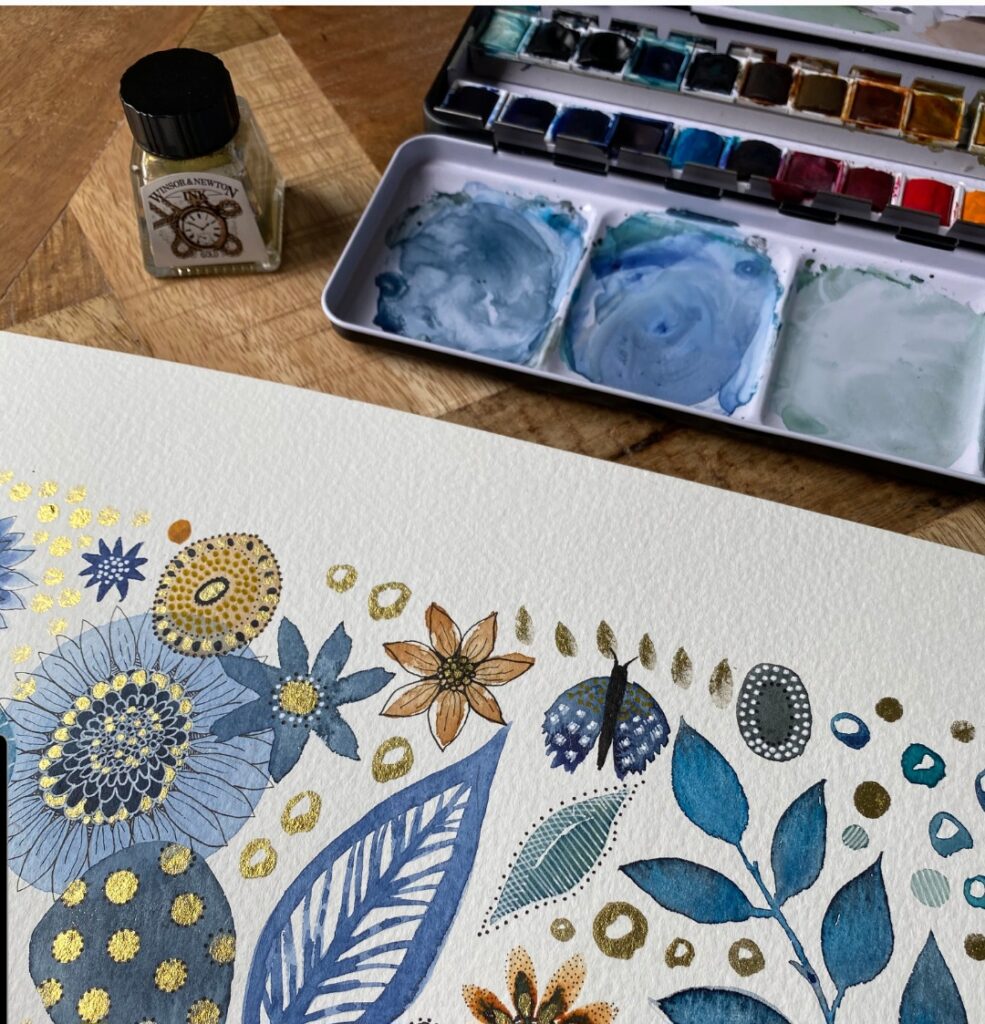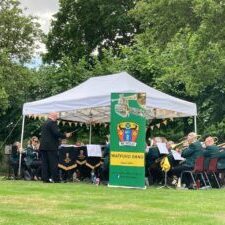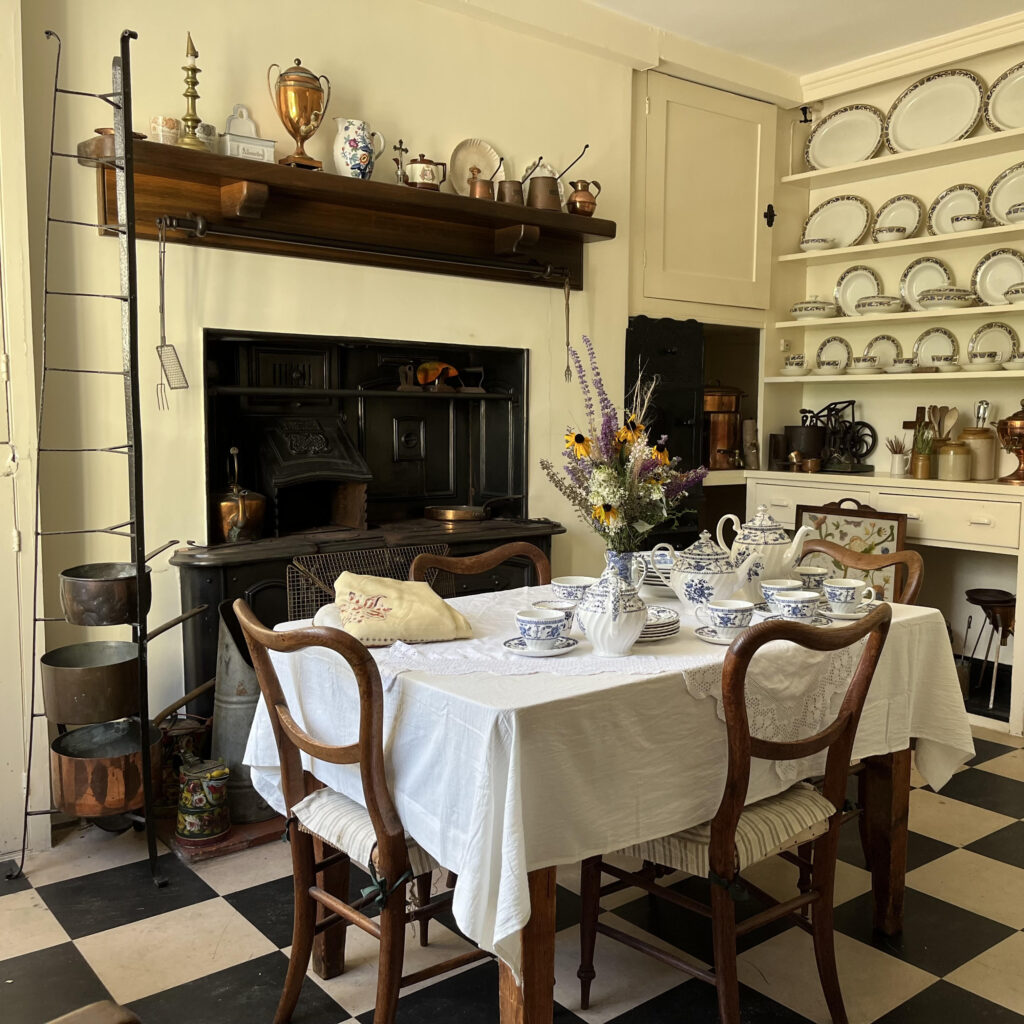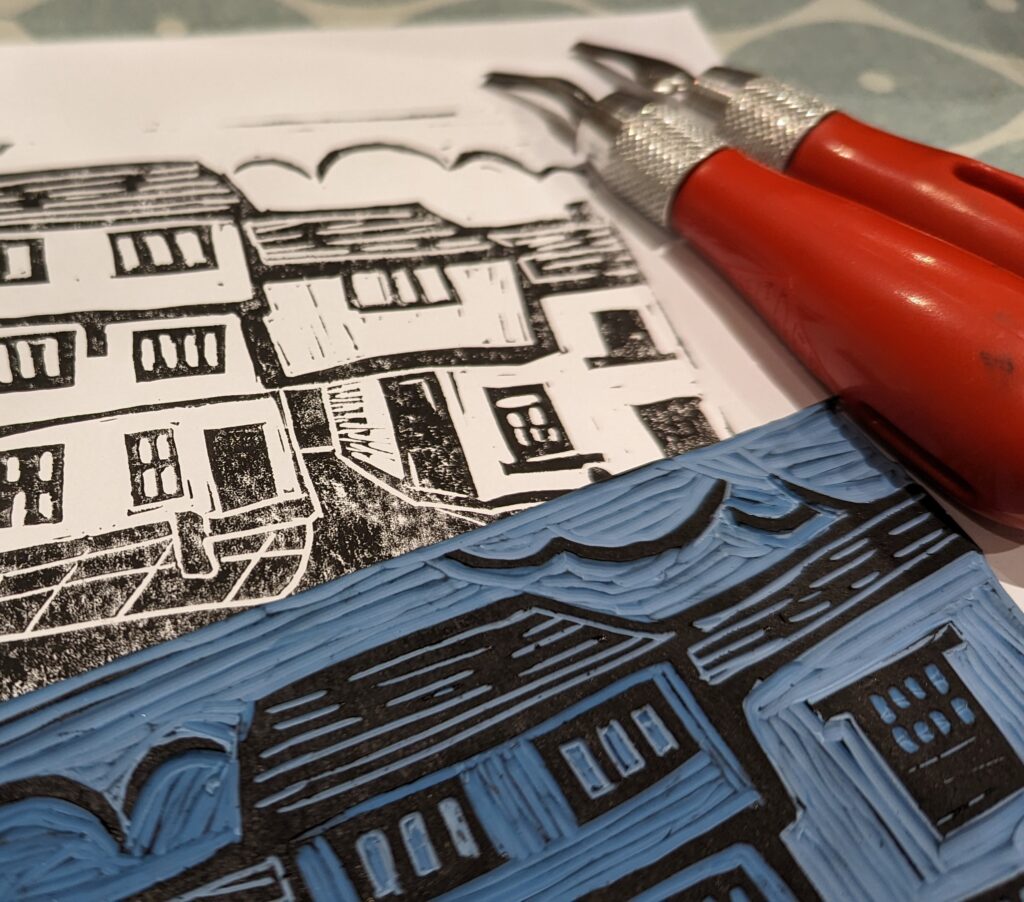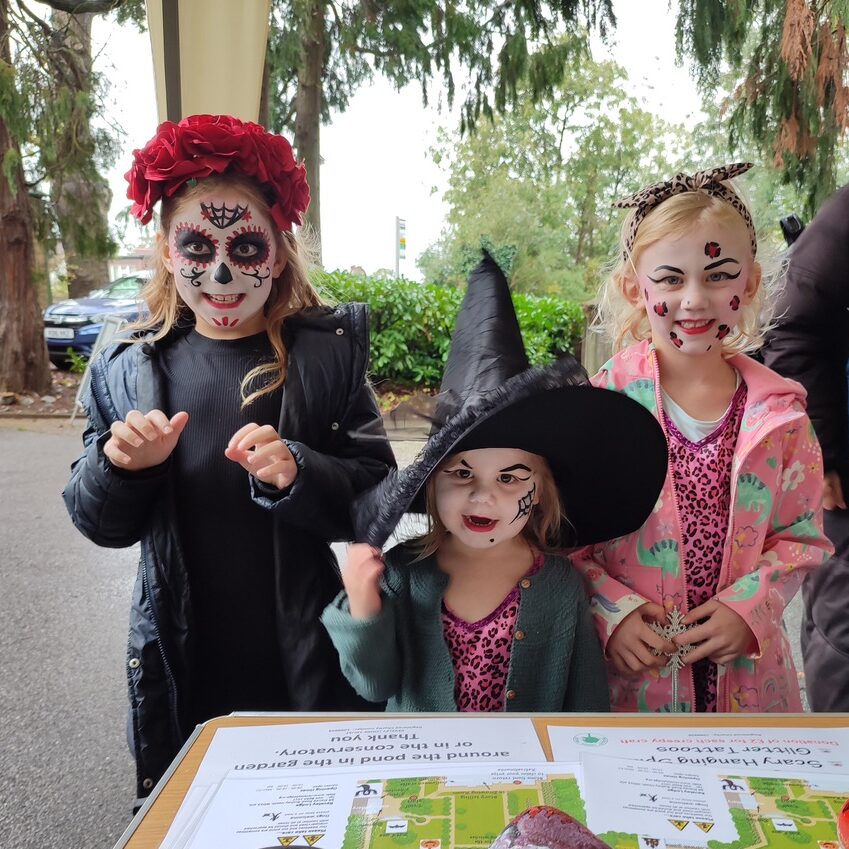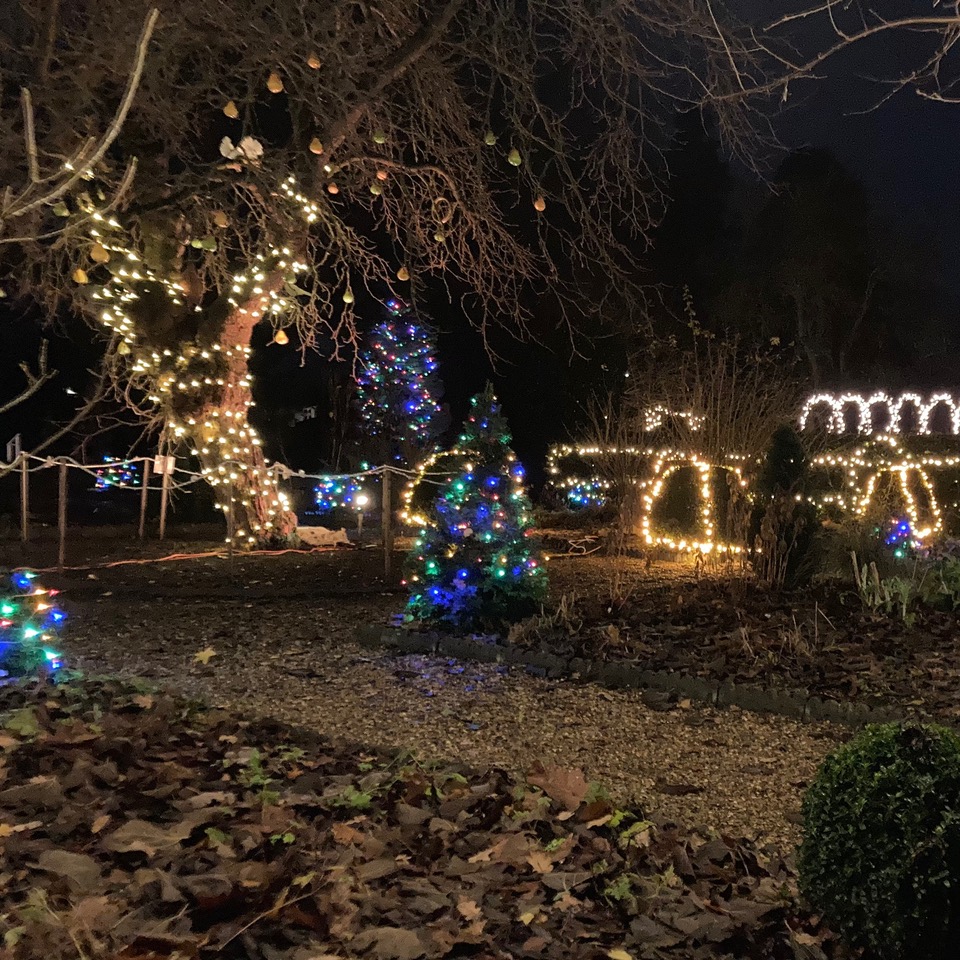Hyancinthoides non scripta
- Common name: Bluebell, Common Hyacinth
- Type: Bulbous perennial
- Flowering: Mid spring
- Height and spread: 50 x 20 cm
- Soil: Any
- Aspect: Prefers light shade
- Hardiness: Fully hardy
- Care: Easy
Hyacinthoides non-scripta is a mid-spring flowering bulb, perfect for underplanting deciduous trees, and in a woodland setting. Once established the bluebell will spread to form a carpet of blue synonymous with English woodlands, but is just as happy in the garden.
Want to find Hyacinthoides non-scripta at Reveley? Look in the Woodland garden and under the lime trees.
Hyacinthoides non-scripta is a bulbous perennial which flowers in mid to late spring. The plant forms dense clumps of mid green strappy leaves topped by delicate stems bearing violet-blue flowers which are highly scented.
Hyacinthoides non-scripta will grow in almost any soil type provided it has good drainage. Bluebells can quickly colonise an area, either by sending out underground runners which form new bulbs or by seed.
To walk through an ancient woodland and see the carpets of bluebells is one of the joys of mid spring. Bluebells are protected under UK law and it is illegal to pick wild bluebells or to dig up the bulbs. Bulbs and plants are available from many licenced sellers, and once established in your garden are easy to propagate from seed sown in pots or from the offsets produced by the bulbs. Keep the seedlings shaded and do not allow to dry out.
Hyacinthoides non-scripta are generally disease and pest free. The main threat being from the Spanish Bluebell (Hyacinthoides hispanica). Spanish bluebells are available in most garden centres, their longer flowering period and colour variation from blue, through pink to white makes them a popular choice for the gardener.
How can you tell the English bluebell from the Spanish bluebell?
The typical English bluebell has flowers on one side of the stem, which gives the plant its characteristic droop, the bell shape dark blue/violet petals curve back on themselves and the pollen is white. Spanish Bluebells have paler blue upright flowers on both sides of the stronger and erect stem, the petals are less curved and the pollen is blue. Oh, and Spanish bluebells don’t have any scent. And, just to confuse you, garden escapees of Spanish bluebells have cross pollinated with the native English bluebells and this hybridisation has produced plants with qualities from both plants – which are threatening our native variety! It is now estimated that around a sixth of the bluebells found in English woodlands are of the Spanish variety. The Spanish bluebell produces a larger clump, with wider and many more leaves.
The UK is home to almost half of the world’s population of bluebells. Did you know that a glue made from bluebell plants was used on arrow feathers?
In the language of flowers bluebells stand for humility and are associated with everlasting love and constancy.
